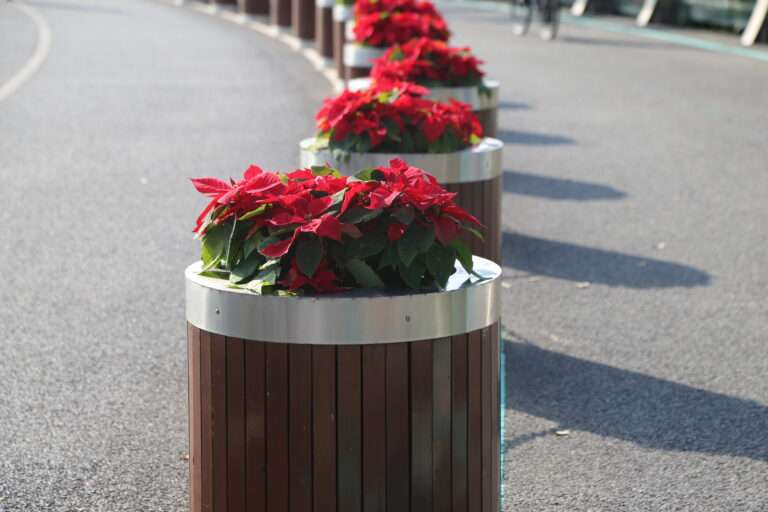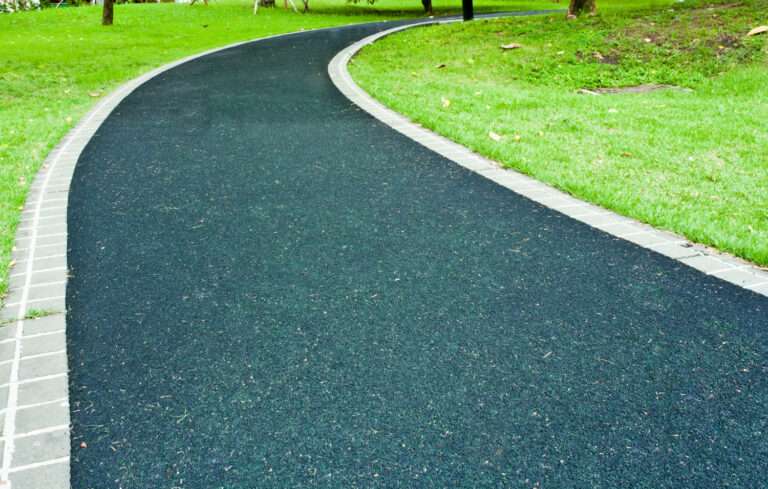Pruning Trees for Commercial Landscapes: Why, When and How to Get It Right
Trees are a powerful visual and environmental asset in any commercial landscape—but without proper care, they can quickly become liabilities. Overgrown, misshapen or unsafe trees damage kerb appeal, obscure signage, block lighting and even pose legal risks.
That’s where strategic, professional tree pruning comes in. Regular maintenance not only protects your property and visitors but also supports long-term tree health, structure and aesthetic value.
In this blog, we’ll walk you through the key benefits of pruning, the best techniques, common mistakes to avoid, and how to ensure your commercial trees remain a safe, attractive feature—not an overlooked hazard.
Why Tree Pruning Matters in Commercial Settings
Whether on a retail park, office estate, housing development or public square, properly maintained trees offer:
- Improved appearance: Structured canopies look tidy and professional
- Healthier growth: Dead or crossing branches are removed, reducing disease
- Increased safety: Low-hanging limbs, weak crotches and storm-damaged wood are dealt with before they become a problem
- Clear sightlines: Signage, CCTV and lighting remain unobstructed
- Long-term savings: Regular maintenance prevents costly emergency call-outs
Pruning also allows trees to better withstand high winds and footfall-heavy environments—key factors in the UK’s urban and commercial landscapes.
When to Prune Trees on Commercial Sites
🌳 Formative Pruning (Years 1–5)
Ideal for young trees. Encourages strong, balanced structure and future clearance.
🧹 Maintenance Pruning (Ongoing)
Removes deadwood, diseased branches or unwanted growth that affects aesthetics or safety.
✂️ Crown Lifting
Raises the canopy by removing lower branches—improves visibility, clearance and pedestrian flow.
⚖️ Crown Thinning
Selective removal of inner branches to reduce wind resistance and increase light.
📐 Crown Reduction
Shortens the overall size of the canopy. Used to keep trees in proportion with surroundings or prevent encroachment on buildings or power lines.
Timing matters:
- Deciduous trees are usually best pruned in late winter to early spring
- Avoid pruning during active growth or leaf fall, unless removing hazards
- Always check for nesting birds before any work begins
How to Prune Trees Properly (and Safely)
1. Use the Right Tools for the Job
- Secateurs for small stems
- Loppers for medium branches
- Hand saws or chainsaws (trained operators only) for large limbs
All tools must be sharp and sanitised to reduce disease spread.
2. Cut with Care
- Make clean cuts just outside the branch collar (the swollen area at the base of a limb)
- Avoid leaving stubs or cutting flush to the trunk
- Remove no more than 25% of the canopy at one time
3. Work With the Tree’s Natural Shape
Pruning should enhance, not distort, a tree’s natural form. Avoid topping or lopping, which weakens the tree and encourages weak regrowth.
4. Engage Qualified Professionals
Larger trees or work at height should always be handled by an Arboricultural Association approved contractor or a qualified tree surgeon. This ensures compliance with BS3998: Tree Work Recommendations and site safety.
Common Mistakes to Avoid
- Over-pruning: Weakens the tree, makes it vulnerable to pests and disease
- Wrong timing: Can stress the tree or lead to sap loss and fungal infection
- Topping/lopping: Removes too much canopy and forces aggressive regrowth
- Ignoring safety: DIY pruning on large trees can be dangerous and legally risky
Frequently Asked Questions
How often should commercial trees be pruned?
It depends on the species, location and function. Young trees benefit from annual checks, while mature trees may only need pruning every 3–5 years—unless safety or visibility is compromised.
Do I need permission to prune trees?
Yes, if the tree is under a Tree Preservation Order (TPO) or located in a conservation area. In these cases, you must apply to the local authority before carrying out any work.
Can pruning affect the health of the tree?
Yes—for better or worse. Correct pruning encourages healthy growth. Poor practice can cause long-term harm or even lead to tree failure.
Should I remove all dead branches?
Generally, yes. Deadwood can fall unexpectedly and attract pests. However, in some low-risk areas, retained deadwood may be left intentionally for biodiversity.
The Added Value of Professionally Maintained Trees
Healthy, well-shaped trees do more than look good—they show that a site is actively managed and cared for. They reduce surface heat, improve biodiversity, absorb pollution and boost well-being for staff, tenants and the public.
Tree maintenance also ties into broader hard landscape and urban feature strategies such as seating, planters and pathways. Explore more on our tree and hedge maintenance page.
Conclusion
Pruning isn’t just about appearance—it’s about planning, protection and value. For commercial landscapes, maintaining your trees through professional pruning is an investment that pays off in safety, sustainability, and site image.
By pruning at the right time, using correct techniques, and understanding the purpose behind each cut, you help ensure your trees stay strong, safe and striking for years to come.
Killingley Insights is the editorial voice of NT Killingley Ltd, drawing on decades of experience in landscaping, environmental enhancements, and civil engineering projects across the UK.








